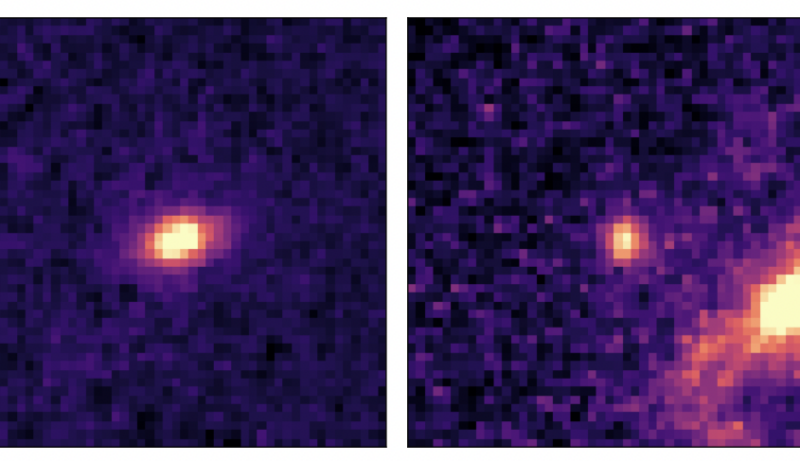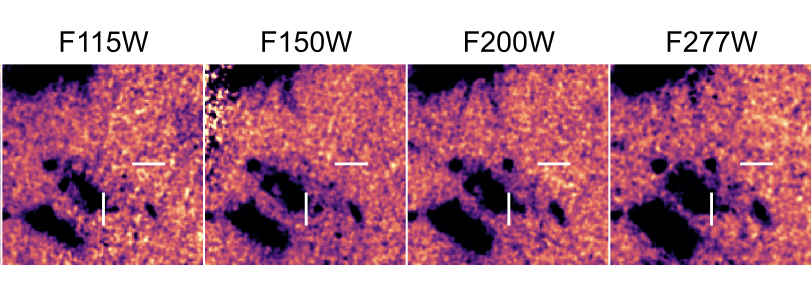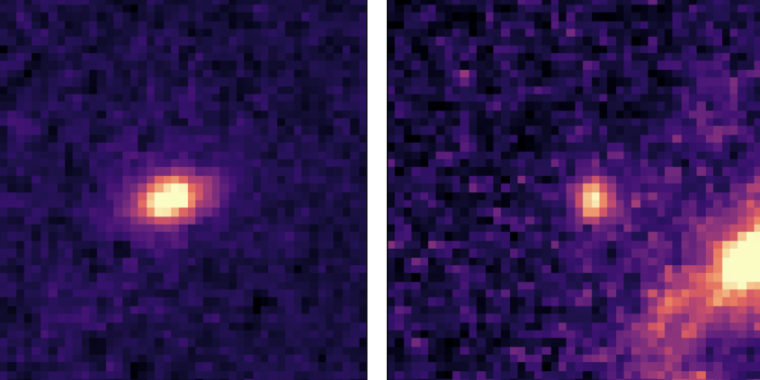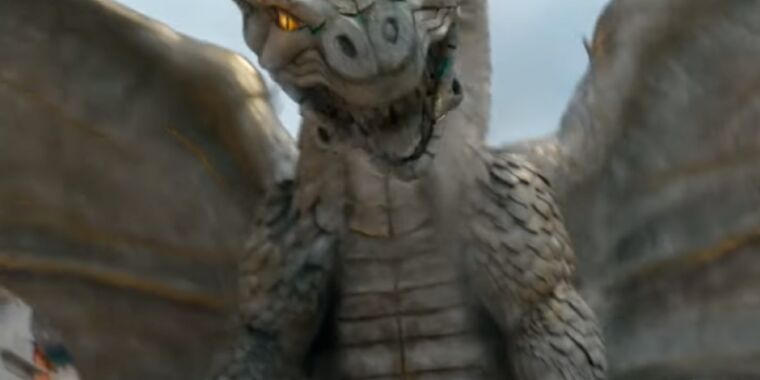
One of the design goals for the James Webb Space Telescope was to provide the ability to image at wavelengths that would reveal the Universe’s first stars and galaxies. Now, just a few weeks after its first images were revealed, we’re getting a strong indication that it’s a success. In some of the data NASA has made public, researchers have spotted as many as five galaxies from the distant Universe, already present just a few hundred million years after the Big Bang. If confirmed to be as distant as they appear, one of them will be the most distant galaxy yet observed.
Opening up
For many of its observatories, NASA allows astronomers to submit proposals for observation and allows those users to have exclusive access to the resulting data for a time afterward. But for its newest instrument, NASA has a set of targets where the data will be made public immediately, for anyone to analyze as they wish. Some of these include locations similar to one of the first images released, where a large cluster of galaxies in the foreground acts as a lens to magnify more distant objects.
(You can look at the details of one of the datasets used for this analysis, called GLASS, which used the cluster Abell 2744 to magnify distant objects, which were urther magnified by the telescope.)
The images in this dataset were long exposures done at different chunks of the infrared spectrum. The full range of the wavelengths that the NIRCam instrument covers was divided up into seven chunks, and each chunk was imaged for anywhere from 1.5 to 6.6 hours. A large international team of researchers used these chunks to perform an analysis that would help them identify distant galaxies by looking for objects that were present in some parts of the spectrum, but missing from others.
The search was based on the understanding that most of the Universe was filled with hydrogen atoms for hundreds of millions of years after the formation of the Cosmic Microwave Background. These would absorb any light at or above a wavelength that was sufficient to ionize the hydrogen, essentially making the Universe opaque to these wavelengths. At the time, this cutoff was somewhere in the UV end of the spectrum. But in the intervening time, the Universe’s expansion shifted that cutoff into the infrared portion of the spectrum—one of the key reasons that the Webb was designed to be sensitive to these wavelengths.

First you don’t see it (left), then you do. Reversed brightness images show an object appearing in a region of space highlighted by crosshairs, but only at longer wavelengths.
So the team looked for objects that were present in the images of the lowest energy chunks of the infrared spectrum imaged by Webb but absent from the higher-energy chunks. And the precise point at which it vanished indicates how red-shifted the cutoff is for that galaxy, and thus how distant the galaxy is. (You can expect future research to involve a similar approach.)
This method produced five different objects of interest, and a draft manuscript focuses on the two most distant of these: GLASS-z13 and GLASS-z11. The former is even more distant than the furthest confirmed distance of anything spotted in the Hubble Deep Field; if confirmed, this would make it the furthest object we know about and thus the closest in time to the Big Bang.








